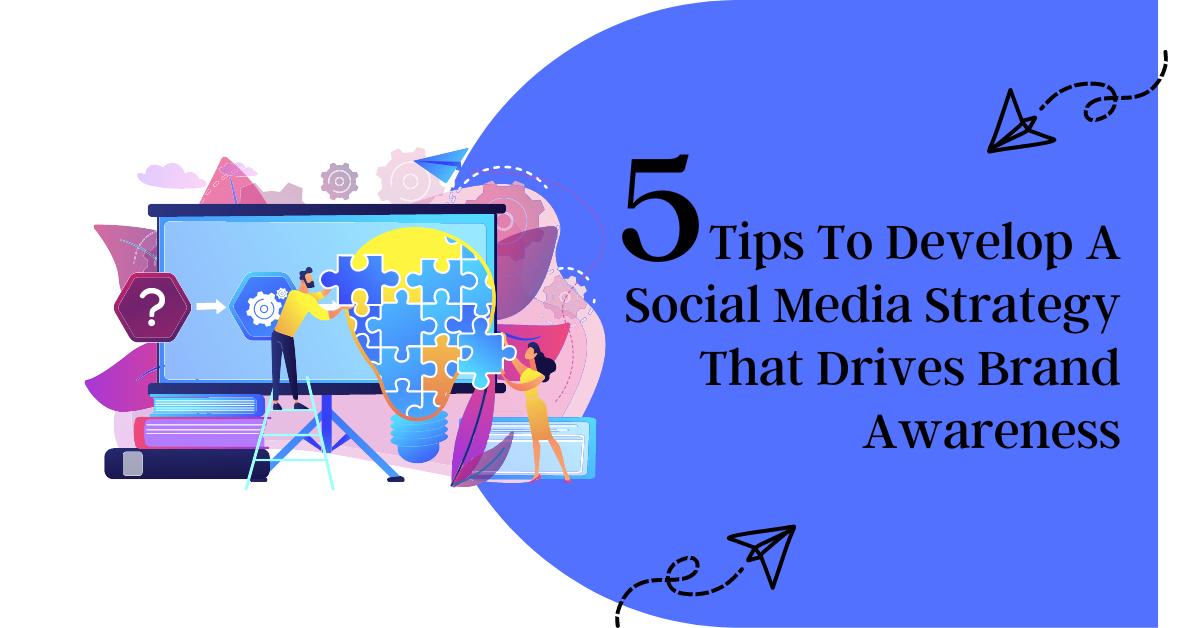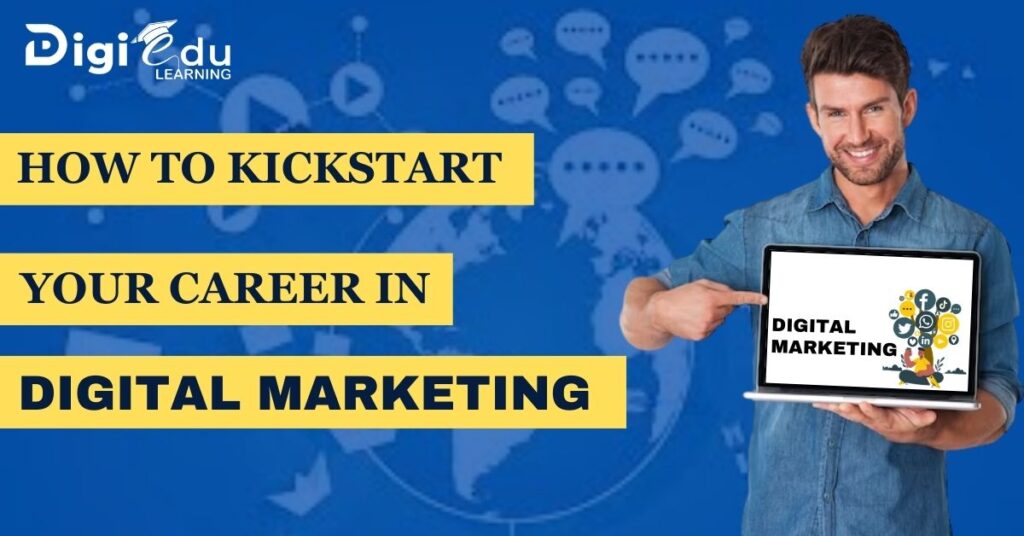Social media is a powerful tool for driving brand awareness, customer engagement, and sales. However, not every company has the resources or expertise to develop a strong social media strategy. In this article, I’ll show you how to do just that!
#1 Identify Your Target Audience
Who is your audience? What are their interests? What are their age groups and income levels? Are they in a certain geographic area that might influence how you develop content for them (e.g., fast food restaurants in New York City vs. gas stations in rural Texas)? These questions will help you determine the type of content that will resonate with your target audience and drive brand awareness, engagement, and ROI for your business.
Once you have a clear understanding of who your target audience is, it’s time to determine what type of content will resonate with them. How do you do this? By creating buyer personas.
#2 Understand The Audience’s Needs
Before you can begin to develop a social media strategy, it’s crucial that you understand the audience’s needs. What do they want? How can your brand help them?
The answer might seem obvious: They want more followers, likes, comments, and shares on their social media accounts. But what if there are some important factors that are missing from this equation? For example, let’s say that a business owner is looking at ways to increase their online presence but doesn’t know whether or not their current audience understands how much time goes into creating content for each platform. If this is true about them then it could be beneficial for them to create content specifically geared towards helping these people understand how much work goes into creating great posts (and thereby increasing engagement).
#3 Choose Platforms Based On Your Goals
When you’re creating your social media strategy, it’s important to choose the right platform for your audience. There are different platforms that you can use:
- Facebook
- Twitter
- LinkedIn (or any other professional network)
You should also consider using multiple platforms because each one has its own audience of users and influencers. Using different networks will help reach more people with less effort than if you were only focusing on one platform alone.
If you’re just getting started and don’t have a lot of followers, it’s best to start small. Try using Facebook or LinkedIn and see how they work for your business. If you find that one works better than the other, then stick with that one. However, if both platforms are equally useful for your brand, then try branching out into Twitter as well!
#4 Maintain Consistency Across Channels
Consistency is key to success on social media. If you have one account, it’s vital that you maintain consistency across all channels and platforms. For example, if your brand name is “Pizza Hut” but you have no presence on Facebook or Instagram but do have a presence on Twitter and Snapchat, then it would be helpful for users who see “Pizza Hut” in their search results to know that they can follow @PizzaHut_Baconto get real-time updates from Pizza Hut employees about what’s happening at the restaurant!
The same goes for business owners: if someone wants to know more about your product line or service offerings, they’ll want as much information available as possible (and relevant).
#5 Engage With Your Audience
One of the most important parts of your social media strategy is engaging with your audience. You need to respond to comments and questions, as well as engage them on a personal level. The more engaged you are with your audience, the more they will trust you and follow you on social media.
When someone asks a question or makes a comment about what they’re seeing on their timeline, don’t ignore it! Respond promptly so that everyone knows there is someone (you) listening for them! Share content related to what others are saying about their experience in order for people who haven’t seen something yet but would like suggestions themselves from those who have already seen it too! Use hashtags when sharing content so users can connect easily with each other through these keywords!
Are you ready to turn your social media strategy into a brand awareness and ROI growth driver?
Social media is not a one-time or one-size-fits-all approach. It’s a long-term strategy that requires constant monitoring, optimization, and updating of your content to ensure its relevance to your target audience.
This means that if you want your social media strategy to be successful, then it has to be handled by more than one person—and I’m not just talking about the influencer who posts those gorgeous pictures on Instagram (although they can help). The same goes for managing paid advertising campaigns: someone has their hands full with Facebook ads while others are working on Google ads; bloggers are responsible for maintaining their websites; etc.
Conclusion
In conclusion, if you want to develop a social media strategy that drives brand awareness and ROI, there are a few key things you should keep in mind. First of all, identify your target audience. You can do this by understanding what they want from their favorite brands. Then, choose platforms based on their needs rather than trying to appeal directly to them with one single channel only. Finally, engage with customers on multiple platforms so that they feel like part of your team rather than another number!






